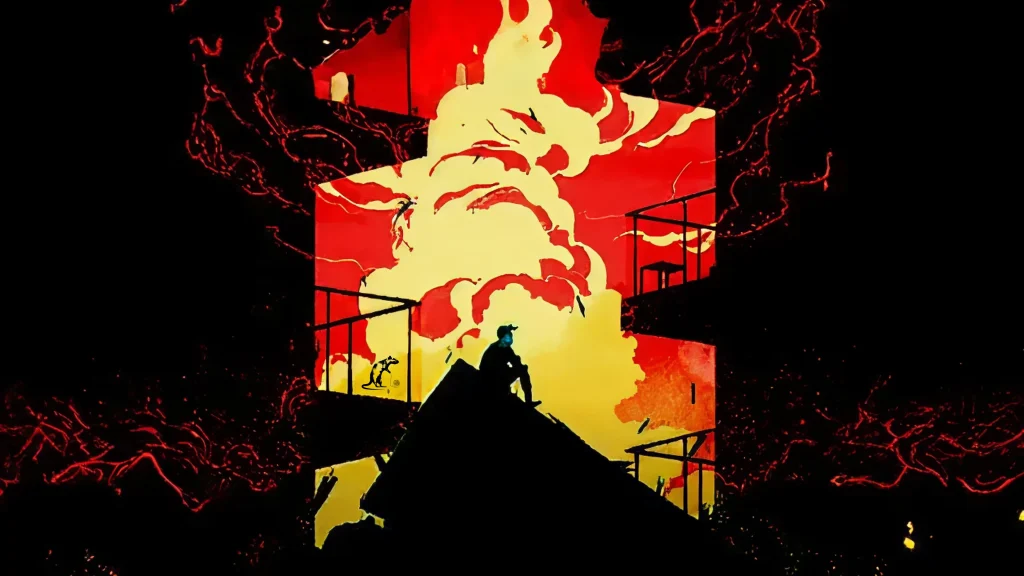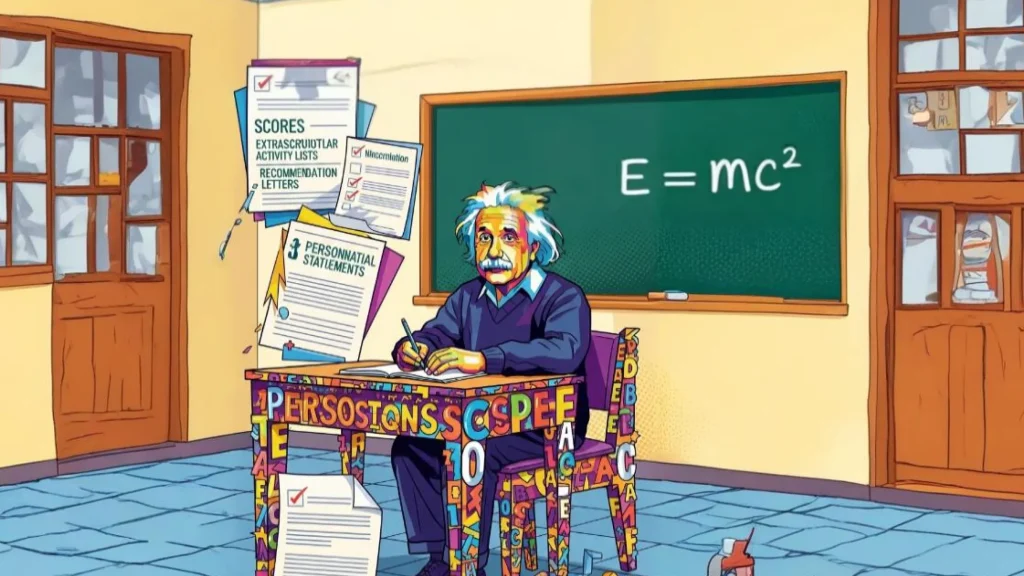The Real Women Who Reclaimed Public Spaces
There’s a kind of video I keep seeing. A woman dancing in an expensive outfit on the empty streets of Lahore. The road is spotless, the lighting soft. The caption says something like:
“May all girls be blessed to wander freely.”
People call it powerful. A reclaiming of public space.
But I don’t know. Because in the same city, on those same streets, my maid walks every morning—not to dance, but to survive.
At 7 AM, she moves through the same cracked streets with her daughter trailing behind. No cameras. No sponsors. Just heat, exhaustion, and seven mouths waiting for her income. Her husband doesn’t work. She does everything. No one calls her powerful. No one calls her walk reclaiming.
But what is it, if not war?
Meanwhile on Instagram, a woman in a 200k saree glides through the same spaces now magically emptied of people and grime. Let’s be clear:
These aren’t acts of empowerment. They’re acts of poverty tourism. Struggle turned aesthetic. Survival turned content. This isn’t reclaiming space, it’s renting it. And the audience? Not the women sweating on those streets. The audience is sipping iced lattes in Defence.
Somewhere along the way, empowerment became a product. We cleared alleys, styled pain, added background music, and called it art.
We never asked:
Who can afford to make this art?
And who disappears from the frame?
Because real public space isn’t cinematic. It’s crowded, chaotic, unfiltered. It’s women rushing home before dark. It’s girls clinging to their dupattas on overcrowded buses. No one clears the streets for them. No one thanks them for simply being there.
I’ve been told to market my work as “woman-led.” To feature more women because “it performs better.” But I resist. Not because I don’t care, I care deeply. But because the moment empowerment becomes a branding strategy, it stops feeling honest. I don’t want applause for centering women. I want trust —earned quietly, in the work done when no one is watching.
I’m not angry at dancers or storytellers or women who share their beauty online. But I am tired. Tired of who gets seen. Tired of whose stories go viral while the women who actually live the struggle are made invisible. If your video says “this city is a she” but only certain kinds of women are allowed to speak for her then it’s not a full picture.
Why do we only listen to stories wrapped in gloss?
Because the truth is messy. It stinks. It doesn’t fit into a 15-second reel. It’s easier to celebrate a dancer ‘reviving culture’ than to pay a maid a living wage. Reclamation isn’t a display. It’s the right to exist without performance. I want a different kind of visibility. One that doesn’t need lights or poetry captions. One where my maid’s walk is also called brave. One where we see the woman on the bus. The girl with the grocery bags. The mother walking her child to school. Their reclaiming has no hashtag. Just feet on pavement. Eyes on the ground. Hope heavy as heat. Because real reclaiming doesn’t look pretty. It’s not curated. Or clean. Or planned. It just is.
So next time you see a ‘reclaiming’ video, ask:
Who is this for?
Who profits?
Who is erased?
Lahore belongs to the women who’ve bled on its streets, not to those who dance over their stains.
Their stories won’t trend. They’re too real for the algorithm. But they’re the ones holding this city together. The algorithm loves performance. What if we loved honesty instead?



